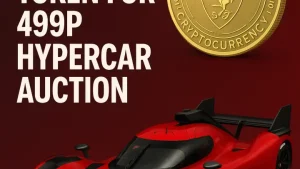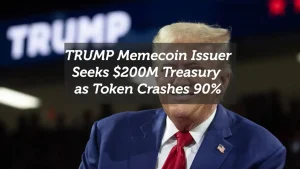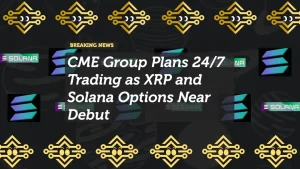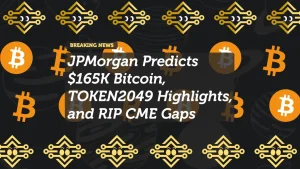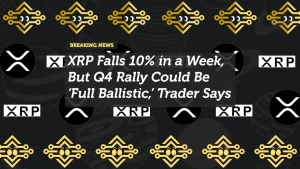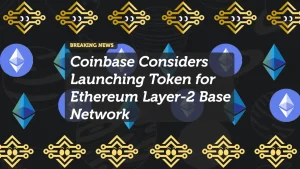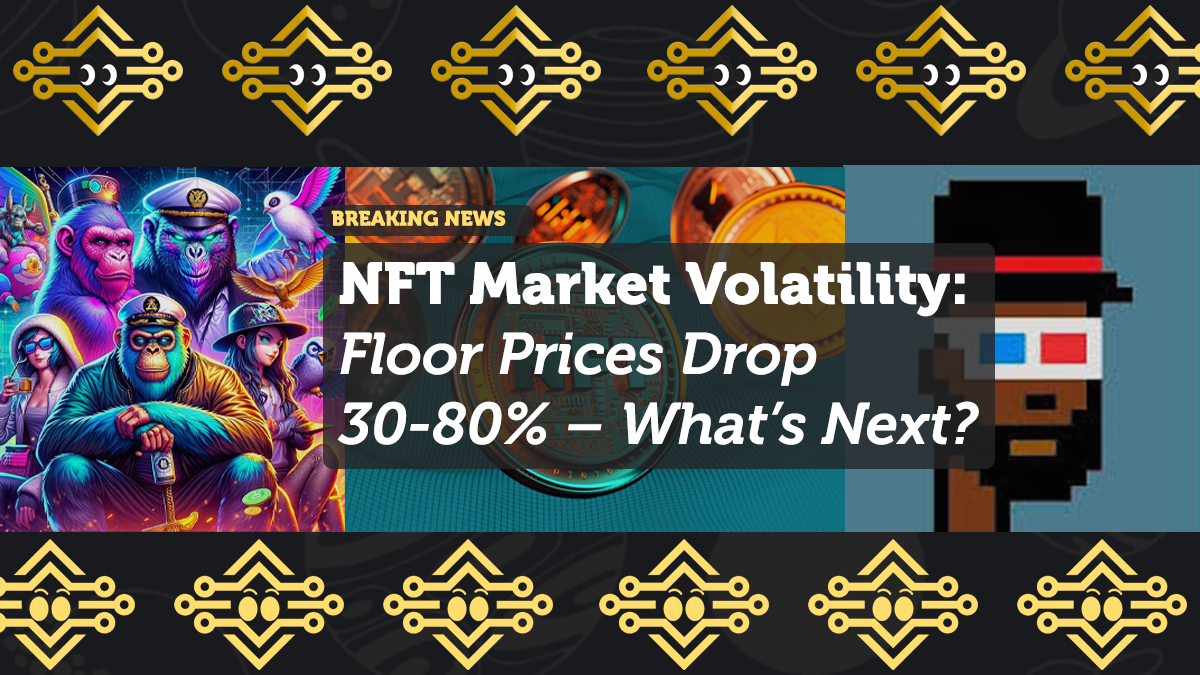
NFT Market Volatility: Floor Prices Drop 30-80% – What’s Next?
The NFT market is facing intense volatility, with floor prices for many collections dropping 30-80% over the past month. While some of this decline is attributed to post-catalyst effects like token claims and airdrops, even collections without upcoming catalysts are experiencing downturns.
Is this just a market correction, or are NFTs entering a long-term decline? Let’s break down the factors behind the downturn, its impact on different collections, and what could drive a potential recovery.
1. Understanding the NFT Market Downturn
Price Drops & Market Sentiment
- Floor prices have seen declines between 30% and 80%, with even established “blue-chip” NFTs experiencing price erosion.
- Investor sentiment is cautious, as buyers wait for stronger catalysts before re-entering the market.
Factors Driving the NFT Market Decline
1. Post-Catalyst Declines
- Many NFT projects hype up events like token claims, staking rewards, or partnerships, leading to short-term price spikes.
- Once these events pass, interest drops, and investors sell off their holdings, leading to sharp floor price declines.
2. Broader Crypto Market Trends
- The NFT market does not exist in isolation—it is closely tied to Ethereum and the overall crypto sector.
- With Ethereum (ETH) trading sideways or declining, many NFT collections (priced in ETH) have dropped in value.
- Risk-off sentiment due to macroeconomic uncertainty and regulatory changes has also dampened investor enthusiasm.
3. Oversupply & Lack of New Demand
- The NFT space has become saturated with collections, making it harder for new projects to gain traction.
- Speculative hype has faded, leading to reduced demand for profile-picture NFTs (PFPs) that offer no real utility.
- Lower liquidity in the NFT market means fewer buyers, making price recoveries more difficult.
4. Speculative Nature of NFTs
- Many NFTs were purchased purely as speculative assets rather than for art, utility, or community.
- With fewer “flipping” opportunities, short-term traders have moved away from NFTs, reducing overall market activity.
2. How Different NFT Categories Are Affected
1. Blue-Chip NFTs (Established Collections)
✅ Examples: Bored Ape Yacht Club (BAYC), CryptoPunks, Pudgy Penguins
- While they have also seen floor price drops, these collections tend to hold value better due to brand recognition.
- Some projects, like Pudgy Penguins, have shifted toward mainstream adoption, helping them weather the downturn better.
2. Mid-Tier & New NFT Collections
✅ Examples: Azuki, Moonbirds, Doodles
- These collections have seen sharper declines (50-80%), as liquidity concentrates in blue-chip NFTs.
- Holders are losing patience, with many investors moving funds to more stable assets.
3. Utility-Focused & Gaming NFTs
✅ Examples: Parallel, Otherside, NFT-integrated gaming projects
- NFTs with real utility (like in-game assets or staking rewards) are holding up better than PFP projects.
- If NFT gaming continues to grow, this sector could see a quicker recovery.
3. Key Strategies for NFT Market Recovery
1. Focus on Utility, Not Just Collectibility
- The NFT market is shifting from hype-driven collectibles to utility-based assets.
- Successful projects will likely offer:
✅ Exclusive memberships (private communities, events)
✅ Gaming and metaverse integration
✅ Real-world asset tokenization
2. Marketplace Innovations
- Platforms like OpenSea, Blur, and Magic Eden are evolving to better serve NFT traders.
- OS2 Open Beta (OpenSea’s upgrade) aims to enhance trading efficiency and accessibility, which could attract more users.
3. The Role of Ethereum and Broader Crypto Recovery
- A strong Ethereum market is crucial for NFT recovery.
- If ETH regains bullish momentum, it could reignite interest in NFTs as well.
4. Institutional & Mainstream Adoption
- Brands integrating NFTs into their business models (Nike, Starbucks, and luxury fashion brands) could help revive interest.
- More real-world applications for NFTs (like ticketing, memberships, and property ownership) could provide long-term sustainability.
4. NFT Market Outlook: What’s Next?
Is This a Temporary Correction or a Long-Term Decline?
- If the crypto market rebounds, NFTs could recover alongside it—but the speculative frenzy of 2021-2022 may never fully return.
- Only projects with strong utility, community, and innovation are likely to survive in the long term.
What Should NFT Investors Do Now?
✅ Be Selective – Invest in projects with strong fundamentals, not just hype.
✅ Look for Utility – Prioritize NFTs that offer tangible benefits (exclusive access, gaming, staking rewards).
✅ Diversify Investments – Don’t put all funds into NFTs; maintain exposure to crypto, DeFi, and traditional assets.
✅ Watch for Market Rebound Signals – If Ethereum shows strength, NFT markets may follow.
Conclusion: The NFT Market Faces a Pivotal Moment
The NFT market is undergoing a major correction, with floor prices down 30-80% across various collections. While speculative hype has faded, the industry is shifting toward utility-based NFTs, gaming, and real-world applications.
Whether NFTs rebound or decline further depends on:
✅ Ethereum’s market performance
✅ Regulatory clarity
✅ Innovations in NFT technology
✅ Institutional adoption & mainstream integration
For now, NFT investors should remain cautious, focus on quality over hype, and keep an eye on broader crypto market trends for potential signs of recovery.
Are NFTs dead, or is this just a bear market phase before the next evolution? The next few months will be crucial in determining the long-term viability of the NFT space.











